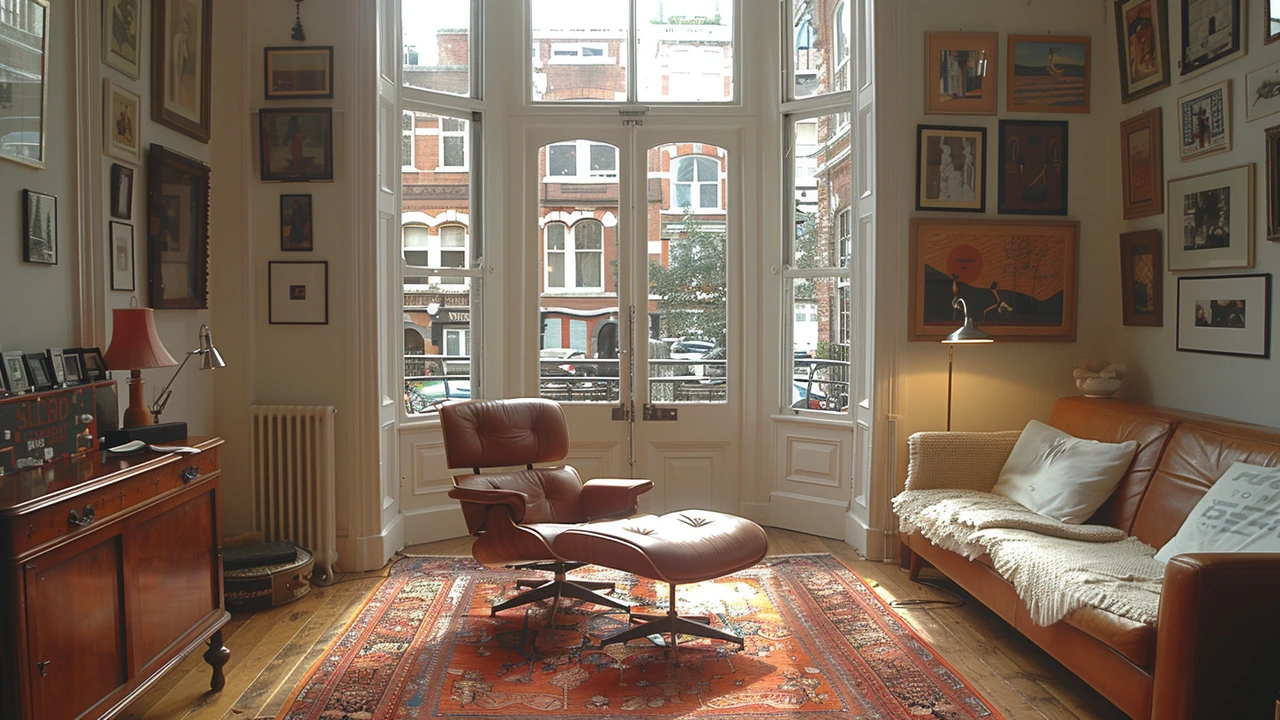Architectural Movement — How to Spot Styles and Why They Matter
Ever walk past a building and wonder what era it comes from? Architectural movements are the reason cities look like patchwork quilts. They shape how architects think, what materials they use, and how buildings feel to people. This page helps you recognize key movements and shows why they still matter in homes, public spaces, and urban design.
What an architectural movement actually means
An architectural movement is a shared set of ideas about form, function, and style. Think Bauhaus’s clean shapes and focus on function, versus Baroque’s drama and ornament. Movements often start as reactions — like Constructivism reacting to old academic styles, or Futurism pushing tech and speed. Once an idea catches on, it influences buildings, furniture, graphic design, and even city planning.
Why should you care? Because those ideas affect how we live. A Bauhaus approach makes small spaces practical. Brutalist concrete signals strength and utility. Futurist thinking shows up in smart-city tech and transit hubs. Spotting these traits helps you choose a home, design a room, or understand a city’s history.
How to spot common movements in real life
Look for a few simple clues. Materials: glass and steel often hint at modernism or Bauhaus; wood and carved stone point to older styles like Baroque or Gothic. Shapes: strict grids and right angles? De Stijl or Bauhaus. Fragmented planes and multiple viewpoints? Cubism influenced both art and architecture. Curves and dramatic light? Baroque. Bold geometric propaganda-style graphics? Check Constructivism roots.
Function vs. ornament is another quick test. If a building hides structure under decoration, it leans traditional. If the structure is honest and visible, it’s likely modern. Also notice scale: land art and large public works change how people move in a city, while installation art often transforms interiors.
Want practical tips for using these ideas at home? Borrow Bauhaus’s clean lines for furniture, add a single Baroque piece for drama, or use Futurist lighting to make a room feel cutting-edge. Small touches — a Mondrian-inspired print, a Constructivist poster, or a timber accent wall — can signal a whole movement without a full renovation.
If you want to learn more here, check out articles on Bauhaus, Constructivism, Futurism, De Stijl, and urban effects of land art. Each piece breaks down visual clues, history, and ways to use those ideas now. Use that knowledge when you visit a museum, walk through your city, or plan a redesign — you’ll start seeing patterns you missed before.
Curious which movement fits your taste? Think about whether you prefer function, story, or spectacle — that choice points you straight to the styles you’ll love.

